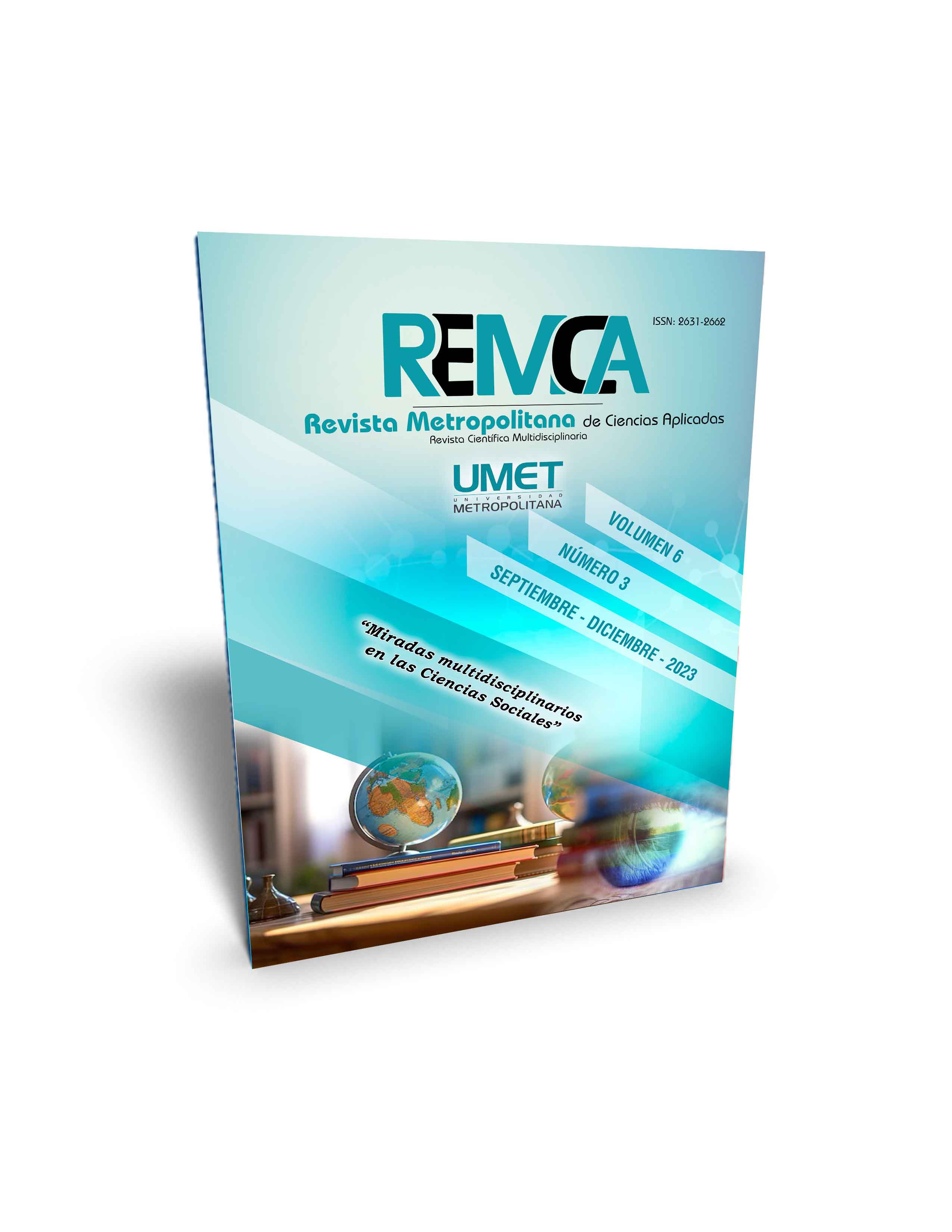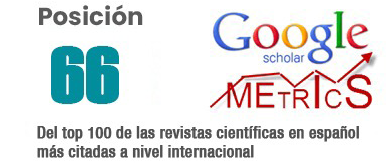Proposal for the conservation of the yellow guayacan and the white-tailed deer, in the Arenillas ecological reserve
DOI:
https://doi.org/10.62452/1rkq7v02Keywords:
Biodiversity, tropical dry forest, contributing factors, conservation planAbstract
Conservation management plans for protected areas are designed to protect an area threatened by anthropogenic activities, but in this process several ecosystem factors are not considered. In this research, the objective was to build a conceptual model and design several strategies for the conservation of yellow guaiac and white-tailed deer in the Arenillas Ecological Reserve. We used the Open Standards for Conservation where we identified two conservation targets (yellow guaiac and white-tailed deer), the scope, conservation vision, contributing factors and threats to build a conceptual model of the current situation. Then the objectives for the conservation target were designed with their respective strategies and targets. The project highlights the importance of establishing restoration programmes and incentives for farmers so that the agricultural border does not continue to grow, as well as the need to establish protected areas to protect and restore key deer habitats. These actions will not only benefit the target species, but will also contribute to the overall conservation of the Arenillas Ecological Reserve and the promotion of a healthy natural balance in the communities near the reserve.
Downloads
References
Angulo, A., & Beltrán, M. E. (2012). Conservación del venado cola blanca (Odocoileus virginianus) en América Latina. Ciencia y Tecnología para la Conservación de la Biodiversidad en América Latina, 8, 61-70.
Borchers, J., & Urbina-Cardona, N. (2013). Identificación de áreas prioritarias para la conservación del guayacán amarillo (Tabebuia chrysantha) en la región de Tumbes, Ecuador. Revista Mexicana de Biodiversidad, 84(3), 879-886.
Briceño, J., Iniguez-Gallardo, V., & Ravera, F. (2016). Factores que influyen en la apreciación de servicios eco-sistémicos de los bosques secos del sur del Ecuador. Ecosistemas, 25(2), 46-58.
Cuesta, F., & Peralvo, M. (2008). Distribución y estado de conservación del venado de cola blanca (Odocoileus virginianus) en el bosque seco tropical del Ecuador. Politécnica, 30(1), 15-24.
Danielsen, F., Burgess, N.D., Balmford, A., Donald, P.F., Funder, M., Jones, J.P., Alviola, P., Balete, D.S., Blomley, T., Brashares, J., Child, B., Enghoff, M., Fjeldså, J., Holt, S., Hübertz, H., Jensen, A.E, Jensen, P.M., Massao, J., Mendoza, M.M., Ngaga, Y., Poulsen, M.K., Rueda, R., Sam, M., Skielboe, T., Stuart-Hill, G., Topp-Jørgensen, E. y Yonten, D. (2009) ‘Local participation in natural resource monitoring: A characterization of approaches’, Conservation Biology, 23, 31–42.
Espinosa, C. I., Jara-Guerrero, A., Cisceros, R., Sotomayor, J. D., & Escribano-Ávila, G. 2016. Reserva Ecológica Arenillas; ¿un refugio de diversidad biológica o una isla en extinción? Ecosistemas, 25(2), 5-12.
Luna Florin, A. D., Sánchez Asanza, A. W., Maza Maza, J. E., & Castillo Figueroa, J. E. (2022). Índices de diversidad florística forestal en la Reserva Ecológica Arenillas. Revista Científica Agroecosistemas, 10(1), 96-103.
Morcatty, T. Q., El Bizri, H. R., Carneiro, H. C. S., Biasizzo, R. L., Alméri, C. R. de O., Silva, E. S. da, Rodrigues, F. H. G., & Figueira, J. E. C. (2013). Habitat loss and mammalian extinction patterns: are the reserves in the Quadrilátero Ferrífero, southeastern Brazil, effective in conserving mammals? Ecological Research, 28(6), 935–947.
Ortega, P., & Carvajal, L. (2017). Análisis de la diversidad de aves en la Reserva Ecológica Arenillas, Ecuador. Revista Ciencia y Tecnología, 15(1), 81-94.
Smith, J., Brown, P., Wood, C., & Mitchell, D. (2018). Mountain biking impacts on vegetation and soils of a protected natural area. Journal of Environmental Management, 224, 378-386.
Solórzano, C. B., Intriago-Alcívar, L., & Guerrero-Casado, J. (2021). Comparison between terrestrial mammals in evergreen forests and in seasonal dry forests in Western Ecuador: should efforts be focused on dry forests? Mammalia, 85(4), 306–314.
Soulé, M. (2014). The New Conservation. In, G. Wuerthner, E. Crist, & T. Butler (Eds.), Keeping the Wild: Against the Domestication of Earth. (pp. 66–80). Island Press/Center for Resource Economics.
Stem, C., Margoluis, R., & Flores, M. (2016). Uso de Cadenas de Resultados para Representar las teorías del cambio en los programas de Biodiversidad de USAID. Guía práctica de biodiversidad, 2, 23-26.
Terborgh, J., & Estes, J. A. (2013). Trophic Cascades: Predators, Prey, and the Changing Dynamics of Nature. Island Press.
Vázquez-Márquez, G. E., Ramírez-García, A. G., Palacios-Rangel, M. I., & Monterroso-Rivas, A. I. (2020). Conceptualización, manejo y monitoreo de áreas naturales protegidas en México: Caso Reserva Estatal Sierra Monte Negro, Morelos. Investigación Y Ciencia, 28(79), 24–35.
Downloads
Published
Issue
Section
License
Copyright (c) 2023 Salomón Barrezueta-Unda, Xavier Jacome-Salcedo, Silvia Núñez-Nuñez, Faviola Quito-Mizhquero, Eulalia Vasco-León (Autor/a)

This work is licensed under a Creative Commons Attribution-NonCommercial-ShareAlike 4.0 International License.
Authors who publish in Revista Metropolitana de Ciencias Aplicadas (REMCA), agree to the following terms:
1. Copyright
Authors retain unrestricted copyright to their work. Authors grant the journal the right of first publication. To this end, they assign the journal non-exclusive exploitation rights (reproduction, distribution, public communication, and transformation). Authors may enter into additional agreements for the non-exclusive distribution of the version of the work published in the journal, provided that acknowledgment of its initial publication in this journal is given.
© The authors.
2. License
The articles are published in the journal under the Creative Commons Attribution-NonCommercial-ShareAlike 4.0 International License (CC BY-NC-SA 4.0). The terms can be found at: https://creativecommons.org/licenses/by-nc-sa/4.0/deed.en
This license allows:
- Sharing: Copying and redistributing the material in any medium or format.
- Adapting: Remixing, transforming, and building upon the material.
Under the following terms:
- Attribution: You must give appropriate credit, provide a link to the license, and indicate if any changes were made. You may do this in any reasonable manner, but not in any way that suggests the licensor endorses or sponsors your use.
- NonCommercial: You may not use the material for commercial purposes.
- ShareAlike: If you remix, transform, or build upon the material, you must distribute your creation under the same license as the original work.
There are no additional restrictions. You may not apply legal terms or technological measures that legally restrict others from doing anything the license permits.




